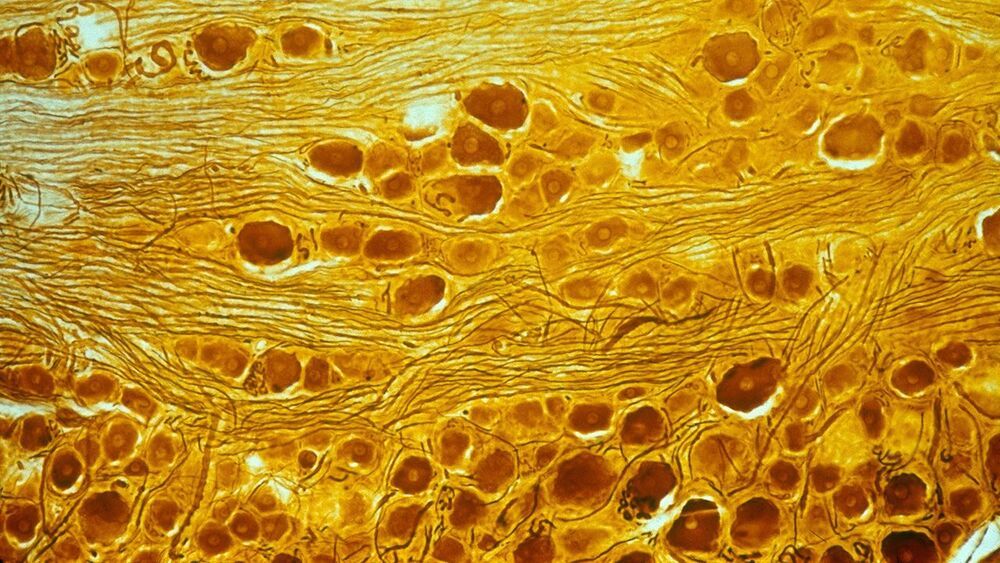In the new study, researchers instead aimed to reduce the amount of Nav1.7 that cells make in the first place. Bioengineer Ana Moreno and her colleagues at the University of California, San Diego, modified the “molecular scissors” of the gene editor CRISPR. Changes to the cutting enzyme Cas9 caused it to bind to DNA that makes Nav1.7 without slicing it, effectively preventing the Nav1.7 protein from being made. The researchers enhanced this silencing effect by hitching Cas9 to a repressor, another protein that inhibits gene expression.
The researchers tested the Cas9 approach—and a similar approach using another gene-editing protein known as a zinc finger—in mice given the chemotherapy drug paclitaxel, which can cause chronic nerve pain in cancer patients. The team measured pain by poking the animals’ paws with a thin nylon filament. Paclitaxel prompted mice to withdraw from gentler pokes, indicating that a normally nonpainful stimulus had become painful. But 1 month after an injection of the gene-silencing treatment into their spinal fluid, rodents responded much like mice that had never gotten paclitaxel, whereas untreated rodents remained hypersensitive, the team reports today in.
The approach could also prevent pain when given before paw injections of either the inflammation-causing compound carrageenan or a molecule called BzATP that increases pain sensitivity. And treated mice behaved no differently from untreated ones when their opposite paw—not inflamed by carrageenan—was exposed to a hot surface. That’s an encouraging initial sign that the injection didn’t silence Nav1.7 so completely that it creates a dangerous numbness to all pain, Moreno says. Behavioral tests so far haven’t turned up evidence of potentially concerning side effects; the injections didn’t appear to alter the animals’ movement, cognition, or anxiety levels.
